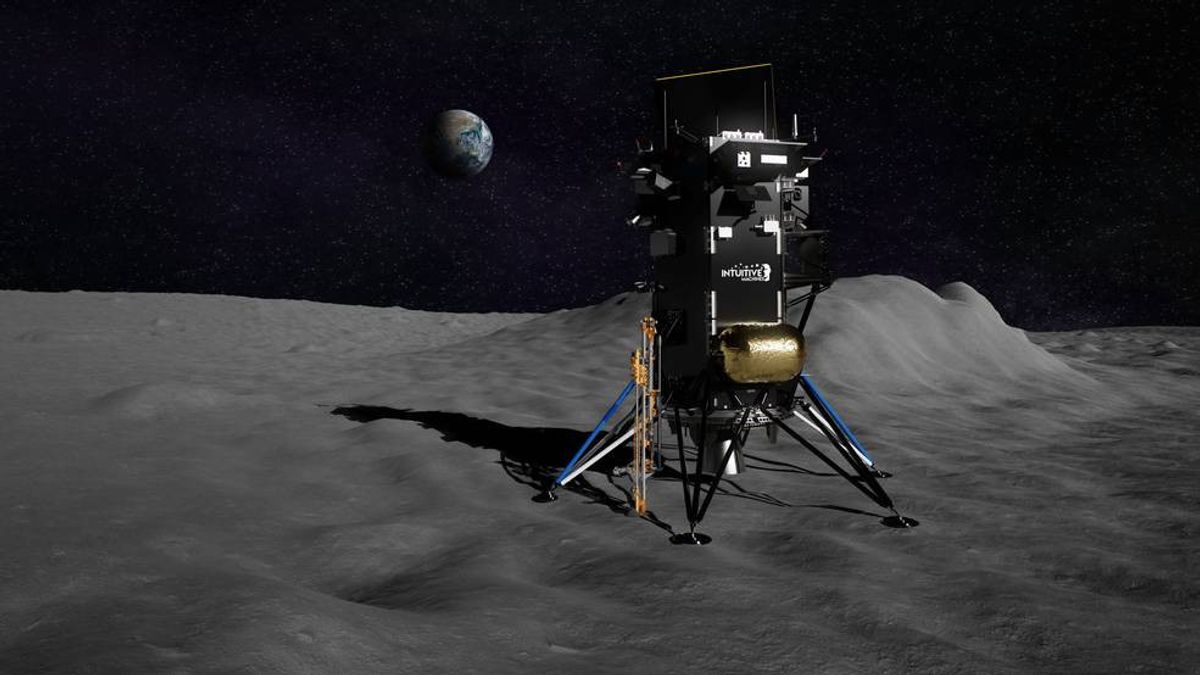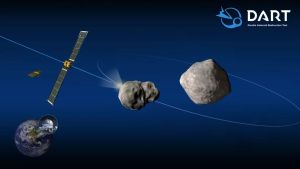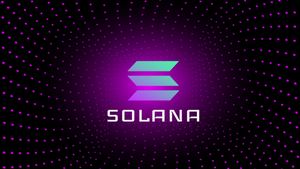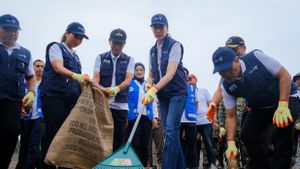JAKARTA - The location of the landing on the Moon has been designated by NASA for an exploratory mission. Where the south pole in the area near the Shackleton crater will be where the mission is carried out.
NASA will send a robotic lander to the poles, bringing with it three different technologies aimed at testing capabilities before a manned mission to the Moon arrives. The lander, dubbed Nova-C, will be built by the company Intuitive Machines.
This south polar area was chosen because it is estimated that there is ice beneath the surface, making it ideal for ice mining tests. Later, Nova-C will be equipped with the Polar Resources Ice-Mining Experiment-1 (PRIME-1), this is a drill plus a mass spectrometer, which will drill up to three feet to the surface and reveal a sample of lunar soil, called a regolith.
Then NASA will evaluate whether the extracted sample contains water. The idea is to find water sources on the Moon that could help sustain manned missions there under the Artemis program.
But to choosing a landing site, not only consider the potential presence of ice. The region also needs to be somewhere that receives enough sunlight to sustain a solar-powered mission and has a clear line of sight to Earth for communications.
SEE ALSO:
"PRIME-1 is permanently attached to the Nova-C Intuitive Machines lander, and finding a landing site where we might find ice within three feet of the surface is challenging," said PRIME-1 project manager at NASA's Kennedy Space Center in Florida, Dr. Jackie Quinn as quoted from Digital Trends, Monday, November 8.
“Even though there was plenty of sunlight to power the payload, the surface became too warm to support the ice within the range of the PRIME-1 drill bit. We need to find a 'goldilocks' site that gets enough sunlight to meet mission requirements while being a safe place to land with good Earth communications."
The landing site was chosen by looking at the lunar remote sensing data used to create the ice mining map. In addition to training, Nova-C will also test the 4G/LTE communication network from Nokia and a small rover from Intuitive Machines.
The robot, called Micro-Nova, will explore nearby craters and collect scientific images and data. The mission, dubbed IM-1, is expected to launch in early 2022.
The English, Chinese, Japanese, Arabic, and French versions are automatically generated by the AI. So there may still be inaccuracies in translating, please always see Indonesian as our main language. (system supported by DigitalSiber.id)


















